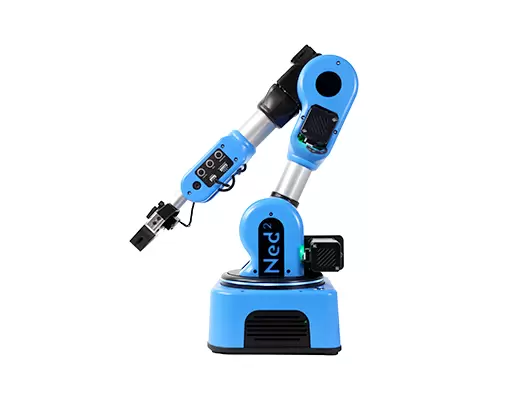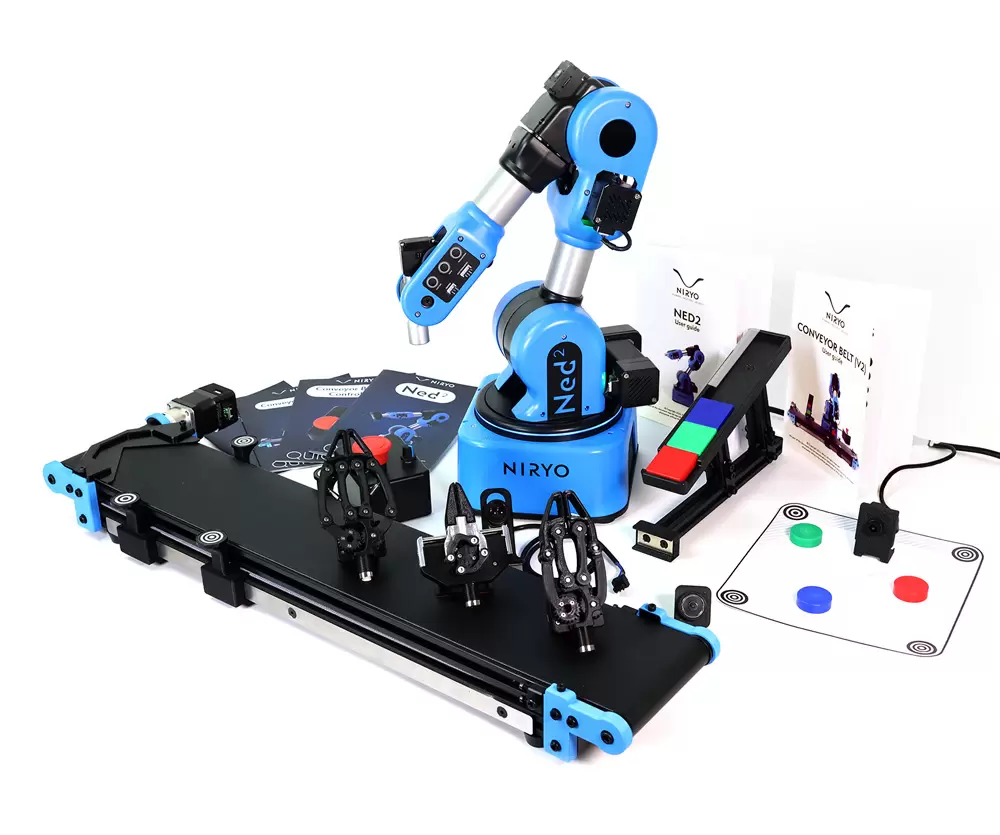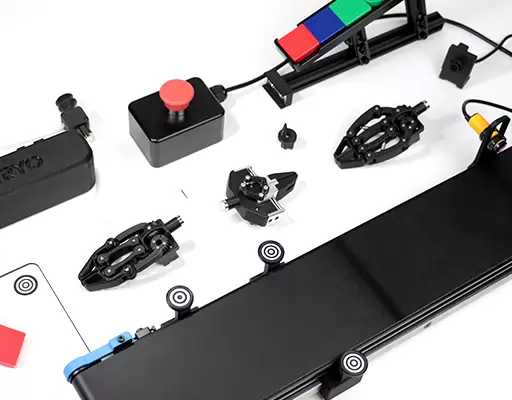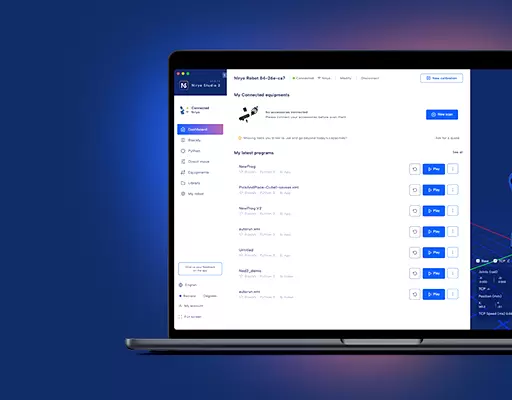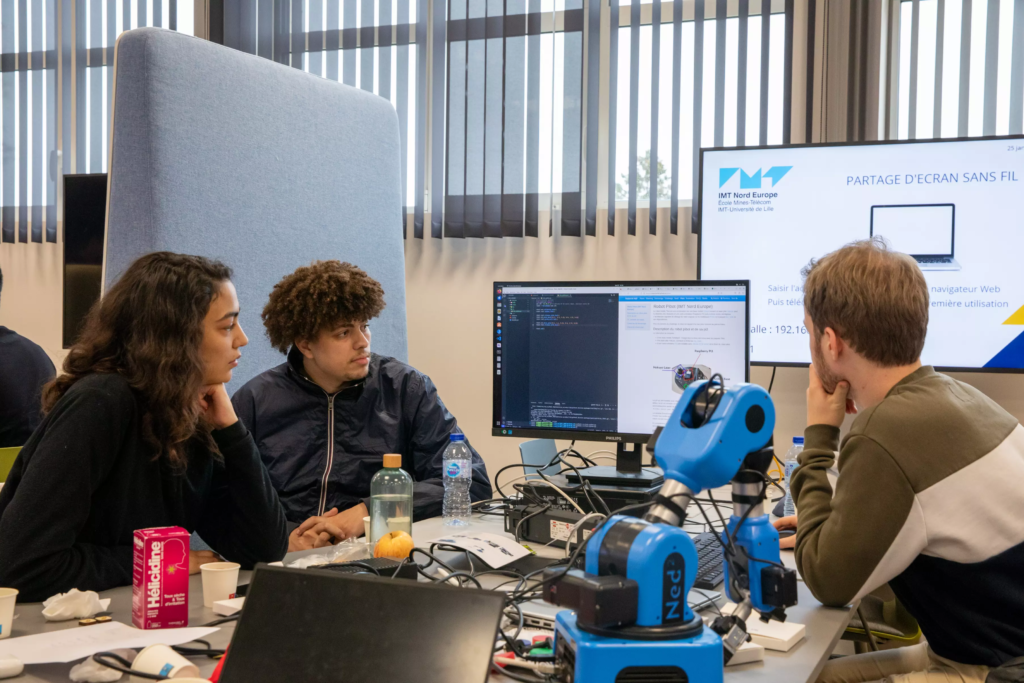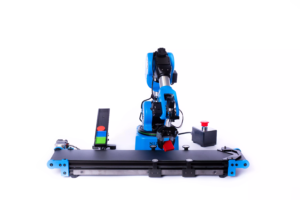In recent years, the use of robotics has grown steadily in many sectors. In particular, robots are being used in a variety of ways in the field of education.
At a time when robotization is becoming more and more a part of everyday life, it’s also becoming a topical issue in education. Robots are making their appearance in classrooms at all levels of education. But what role do educational robotics really play in the education sector? Here’s an overview.
What are educational robotics?
Regarded as a general-purpose technology, robotics today touches on a wide range of fields. In the field of education, we speak of “educational robotics“. Also known as “educational robotics”, the latter encompasses the approaches used to create activities designed to discover and teach digital sciences. Educational robotics is based on teaching and learning through robotics. It involves using robots as a tool to facilitate the understanding of fundamental concepts such as language, mathematics and computer science.
What is the role of educational robotics in the educational context?
In the educational context, educational robotics play a variety of roles, considerably improving the teaching system for teachers and the learning system for students.
Concrete teaching tool: Compared to the virtual world of screens, educational robotics offers a tangible tool. Indeed, learning robots enable concrete manipulation of objects. These devices are an excellent way of making abstract concepts such as artificial intelligence more tangible. The use of robots guarantees more playful and captivating learning experiences.
A tool for mediating digital science: Educational robotics are also a lever for the mediation of digital sciences. Combined with other tools, robots can be used to introduce young people to the fundamentals of digital science. Instead of simply consuming digital products, young people learn to master them thanks to educational robotics. This means, for example, using robots to introduce programming and coding, or to teach concepts such as algorithms and information.
Educational robotics: for what level of teaching?
Robots can also be used as teaching aids in high school classrooms and STEM robotics programs. In higher education, they enable students to discover complex robotic concepts.
What types of educational robots are there?
In the field of education, robots take many different forms, adapting to both novice and more experienced learners.
Voice-controlled robots: For interactive learning, voice-controlled robots are designed to interact verbally with users. Thanks to an integrated voice recognition system, the robot receives commands from the user and performs the specific tasks requested. For example, moving an object from point A to point B.
The autonomous robot: This type of robot can navigate and perform tasks without needing to be controlled by an external device. Autonomous robots are generally equipped with built-in sensors, enabling them to make independent decisions and interact with their environment. In an educational context, these devices can, for example, be used to broadcast videos or other cultural content. They can also interact directly with learners, teaching them the basics of artificial intelligence.
Programmable robots: Programmable robots introduce students to the basics of computer programming and coding. To do this, they use computers to program and animate robots to complete challenges or solve problems.
What are the advantages of educational robotics?
- Hands-on learning: this concept enables students to apply what they learn in a concrete way by programming and interacting with a robot. In this case, learning is much more effective, as students see a tangible result straight away.
- Pupil engagement: robots are playful and captivating, and easily hold their attention. Educational robotics make learning much more motivating, encouraging learners to be more enthusiastic and involved. Students also retain what they’ve learned in class.
- Development of cross-disciplinary skills: in addition to scientific skills (programming, mathematics, etc.), the acquisition of cross-disciplinary skills is another advantage of educational robotics. Through various exercises, students develop problem-solving, communication and collaboration skills. Learning through robotics also helps develop their logic and creativity.
With the constant evolution of technology, educational robotics also continues to develop and integrate into new areas of education. As students become more interested in robotics, they are being prepared for a future that is increasingly focused on technology and the digital world.
